Description
Joe Martin is a member of the Tla-o-qui-aht First Nation. He is a recognized master canoe maker who, as of 2014, estimated he had made more than 60 canoes. In addition to making canoes and mentoring apprentices, he teaches both schoolchildren and others about the cultural traditions of the Nuu-chah-nulth peoples. In 2013, Joe was one of five Indigenous artists who were awarded the BC Creative Achievement Award. He is also an elected councillor of the Tla-o-qui-aht First Nation government.
Alan Hoover worked for 33 years at the Royal British Columbia Museum as a curator and manager. He edited the anthology Nuu-chah-nulth Voices, Histories, Objects & Journeys (2000), co-authored with Eugene Arima The Whaling People of the West Coast of Vancouver Island and Cape Flattery (2011) and published a book on canoe racing titled Southern Northwest Coast Indigenous Canoe Racing: A Brief History (2018).

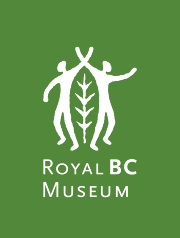
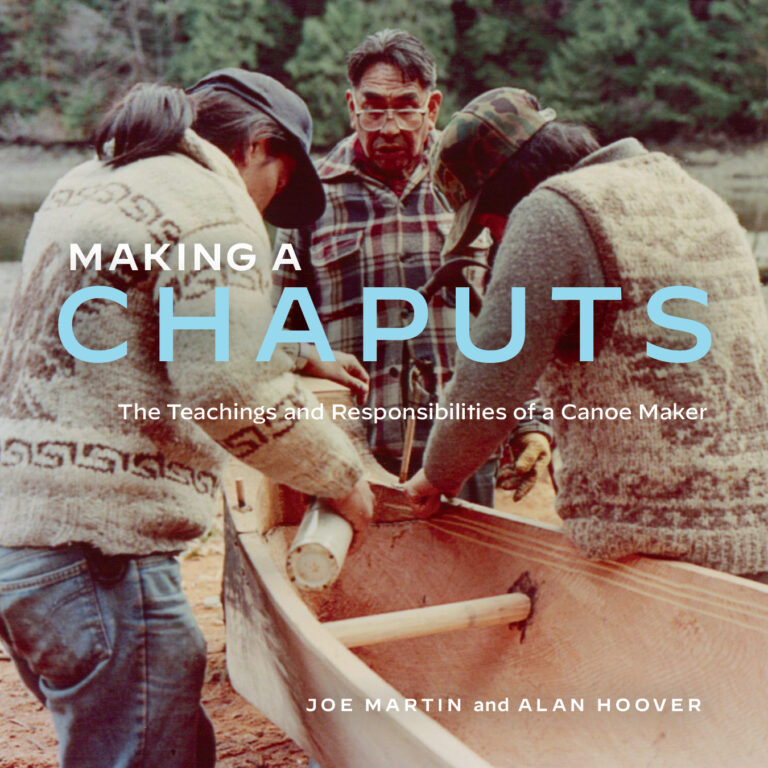
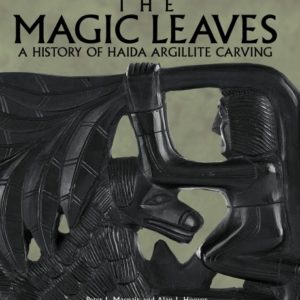
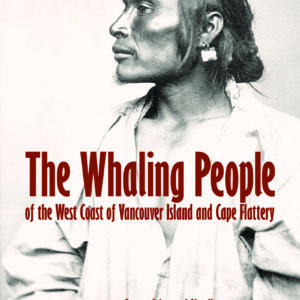
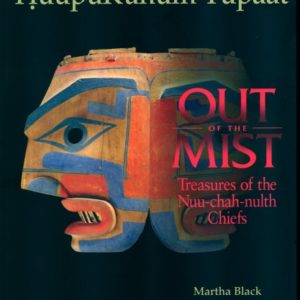
Reviews
There are no reviews yet.